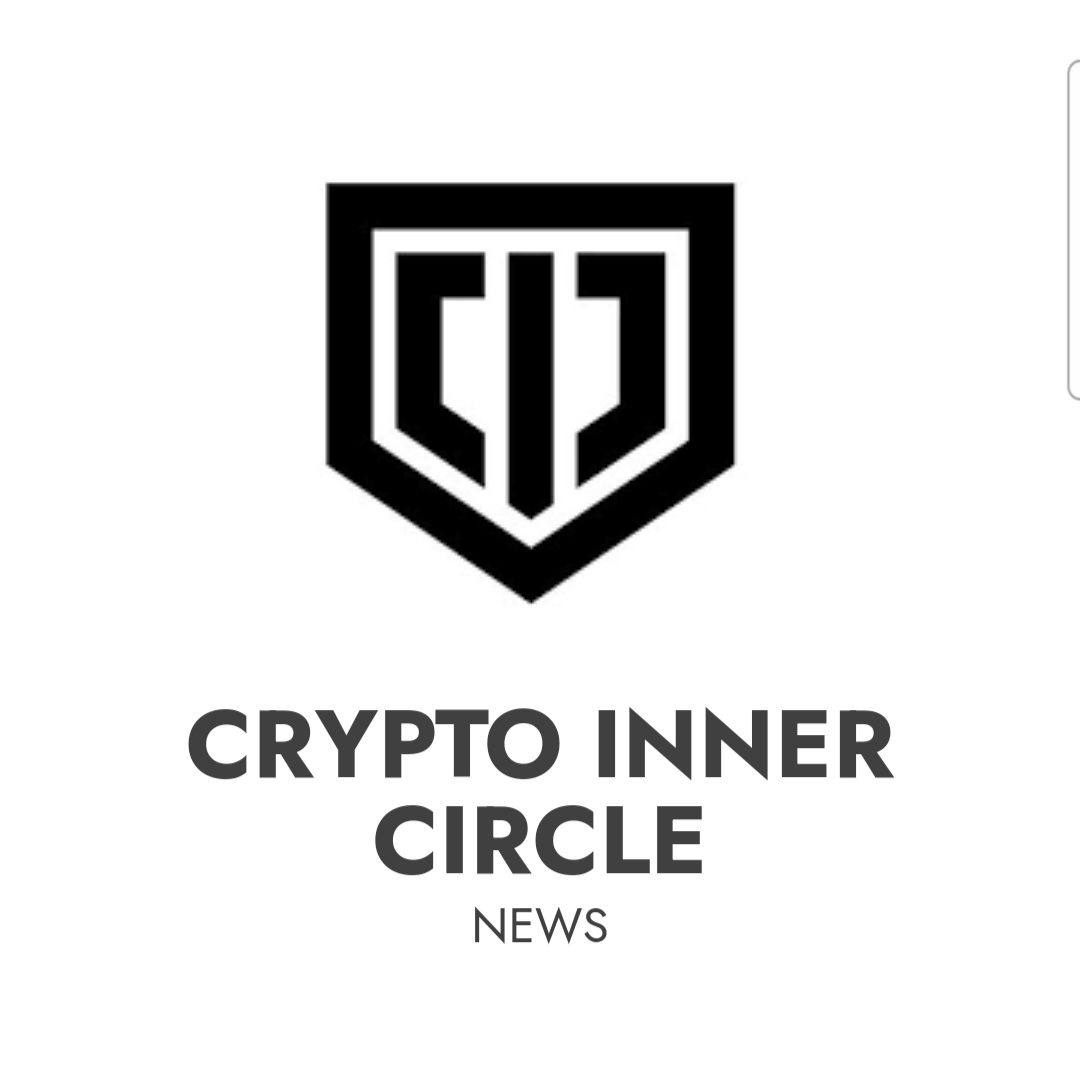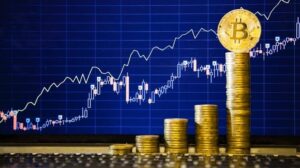
The Society for Worldwide Interbank Financial Telecommunication (SWIFT), a key player in international banking communications, is moving toward the integration of digital assets. On September 11, 2024, SWIFT revealed its plans to allow member institutions to access and transact with regulated digital currencies and tokenized assets. By creating practical solutions, SWIFT aims to bridge traditional finance with emerging blockchain technology on its global network.
Bridging the Gap Between Traditional and Digital Finance
Founded in 1973 and headquartered in Belgium, SWIFT has long been the foundation of interbank communications worldwide. With its network primarily supporting fiat-based transactions, the rising demand for digital assets has prompted the organization to explore the possibility of integrating tokenized real-world assets (RWAs) and digital currencies. This integration is part of SWIFT’s larger strategy to ensure its members can operate seamlessly across both traditional and digital asset markets.
VanEck’s digital assets research head, Matthew Sigel, pointed out that Ethereum, a prominent layer-1 blockchain, has been at the forefront of SWIFT’s experiments. He emphasized the importance of building interoperability between traditional financial systems and digital innovations like tokenized assets and central bank digital currencies (CBDCs).
Institutional Interest in Tokenized Assets
SWIFT’s announcement comes in response to the growing interest in tokenized assets. Research by Standard Chartered suggests that the market for tokenized real-world assets could skyrocket to $30 trillion by 2034. Additionally, 91% of institutional investors have expressed interest in investing in these assets.
However, the market remains fragmented. The use of various platforms, technologies, and regulatory frameworks has created “digital islands,” making it difficult for institutional investors to navigate. SWIFT’s experiments with blockchain and tokenized assets are designed to address this fragmentation, demonstrating how the organization’s infrastructure could enable the seamless transfer of value across multiple blockchain environments.
Toward Real-Time Settlement and Tokenized Money
Looking ahead, SWIFT aims to upgrade its infrastructure to support real-time transactions of tokenized assets. Investors will be able to settle payments and exchanges for tokenized securities instantly. Initially, these payments will be made using existing fiat currencies. However, SWIFT plans to incorporate tokenized forms of currency in the future, including CBDCs, regulated stablecoins, and tokenized commercial bank money.
This shift will enable quicker, more secure financial transactions, representing a major step forward in integrating blockchain technology into global banking systems.
Crypto Integration Still Unlikely
While SWIFT’s announcement is promising for the digital asset space, decentralized cryptocurrencies like Bitcoin and Ethereum are not expected to be integrated into SWIFT’s network in the immediate future. However, the infrastructure developments, particularly regarding Ethereum and Chainlink, are encouraging for blockchain’s role in traditional finance.
In September 2023, SWIFT collaborated with Chainlink, leveraging its Cross-Chain Interoperability Protocol (CCIP) in an experiment that involved major financial institutions. This project tested how SWIFT could facilitate cross-chain interactions between different blockchain networks.
What’s Next for SWIFT?
In the months ahead, SWIFT will continue working with financial institutions to create technical solutions for integrating digital assets into its network. Although decentralized assets like Bitcoin won’t be a part of SWIFT’s offerings for now, the organization’s initiatives are preparing the financial sector for a future where tokenized assets play a major role.
As SWIFT explores new ways to blend blockchain and traditional finance, it’s clear that the global banking network is taking steps to stay ahead in the evolving landscape of digital assets.
SWIFT’s move toward integrating tokenized assets signals a shift toward a more digital future in banking, where traditional institutions will increasingly operate within blockchain ecosystems, bringing new opportunities for innovation and growth in the financial sector.






